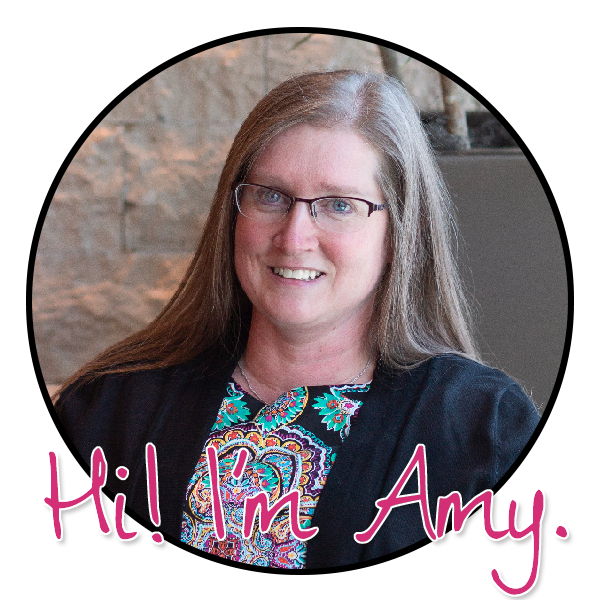When we start our colonies unit, we start with the earliest European Settlements in North America. This interactive foldable graphic organizer was an easy way to keep all the information together in one spot.
Inside the graphic organizer, the students included when the settlement was founded, what country founded it and why it was founded. There is also a map included to place the location of the settlement.
If you like this graphic organizer, you can find it in my TpT store. Just click on the picture below. This set also includes interactive foldable graphic organizers for the 13 colonies.



























